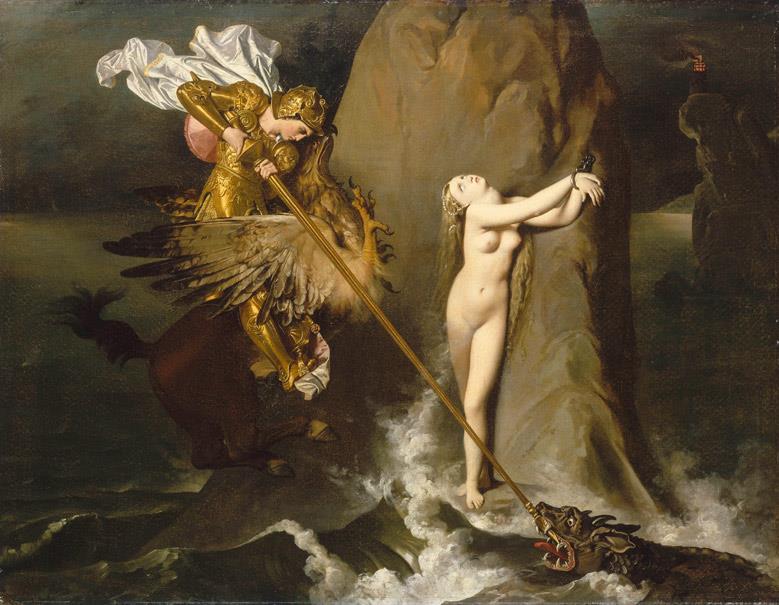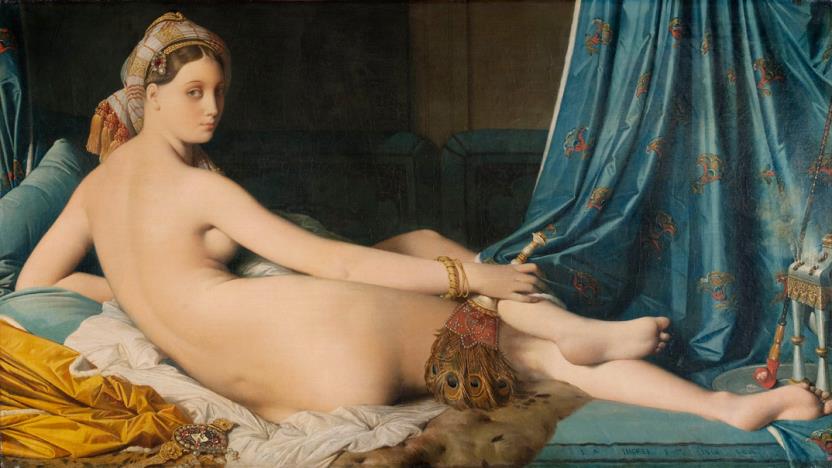Ingres
Museo Nacional del Prado. Madrid 11/24/2015 - 3/27/2016
The work of Ingres, only seemingly rooted in Academic painting, undoubtedly constitutes an important forerunner of the late 19th- and early 20th-century artistic revolutions. The heir to Raphael and Poussin, Ingres’ work anticipates both Picasso and anatomical distortion in art, inspiring the revitalisation of the 19th-century European art schools, particularly the Spanish.
The exhibition to be shown at the Museo del Prado in 2015, which has benefitted from the special collaboration of the Musée du Louvre, offers a precise chronological presentation of Ingres’ work but will also pay particular attention to his complex relationship with portraiture (characterised byhis simultaneous rejection and admiration for it), which will be juxtaposed with his ongoing aim of being primarily recognised as a history painter.

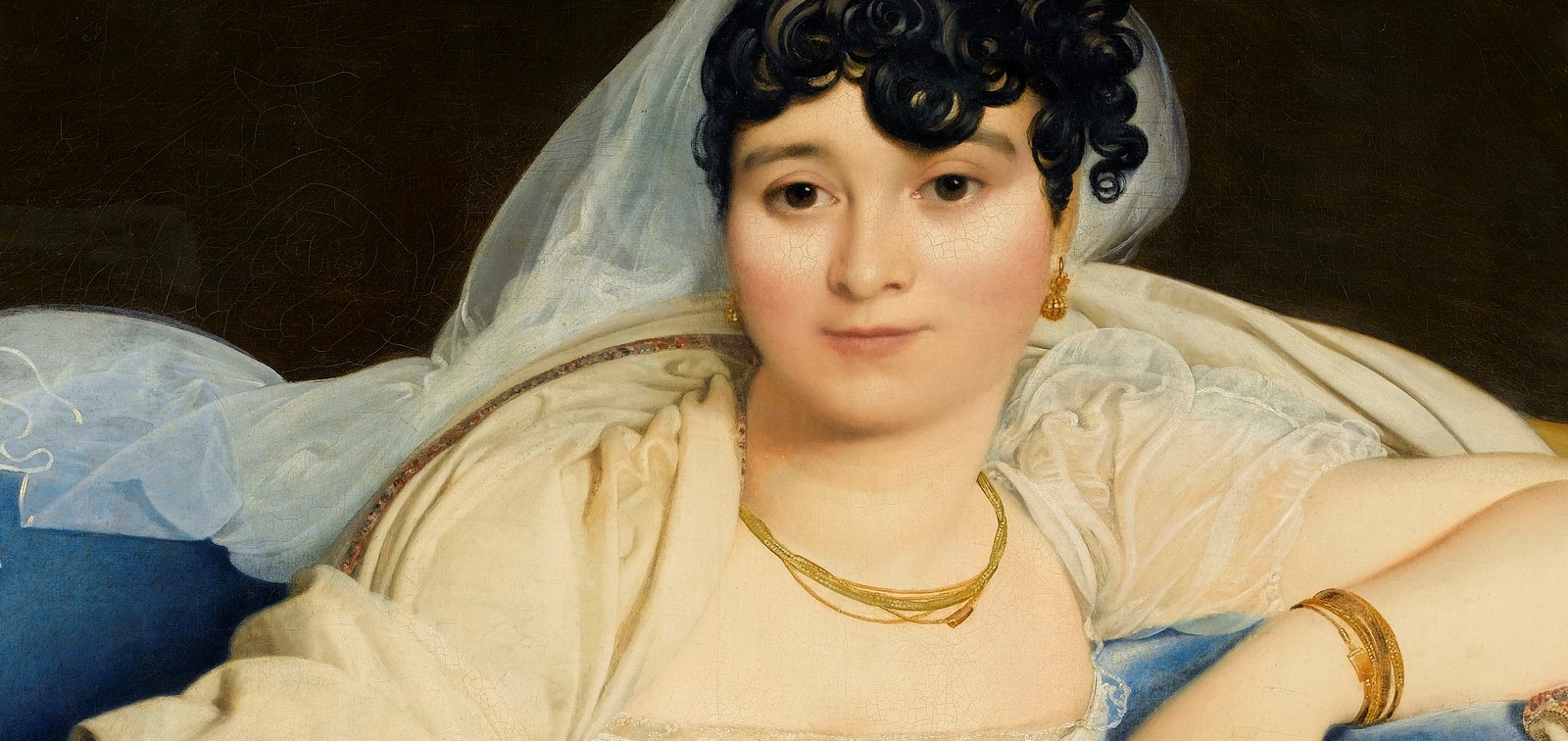
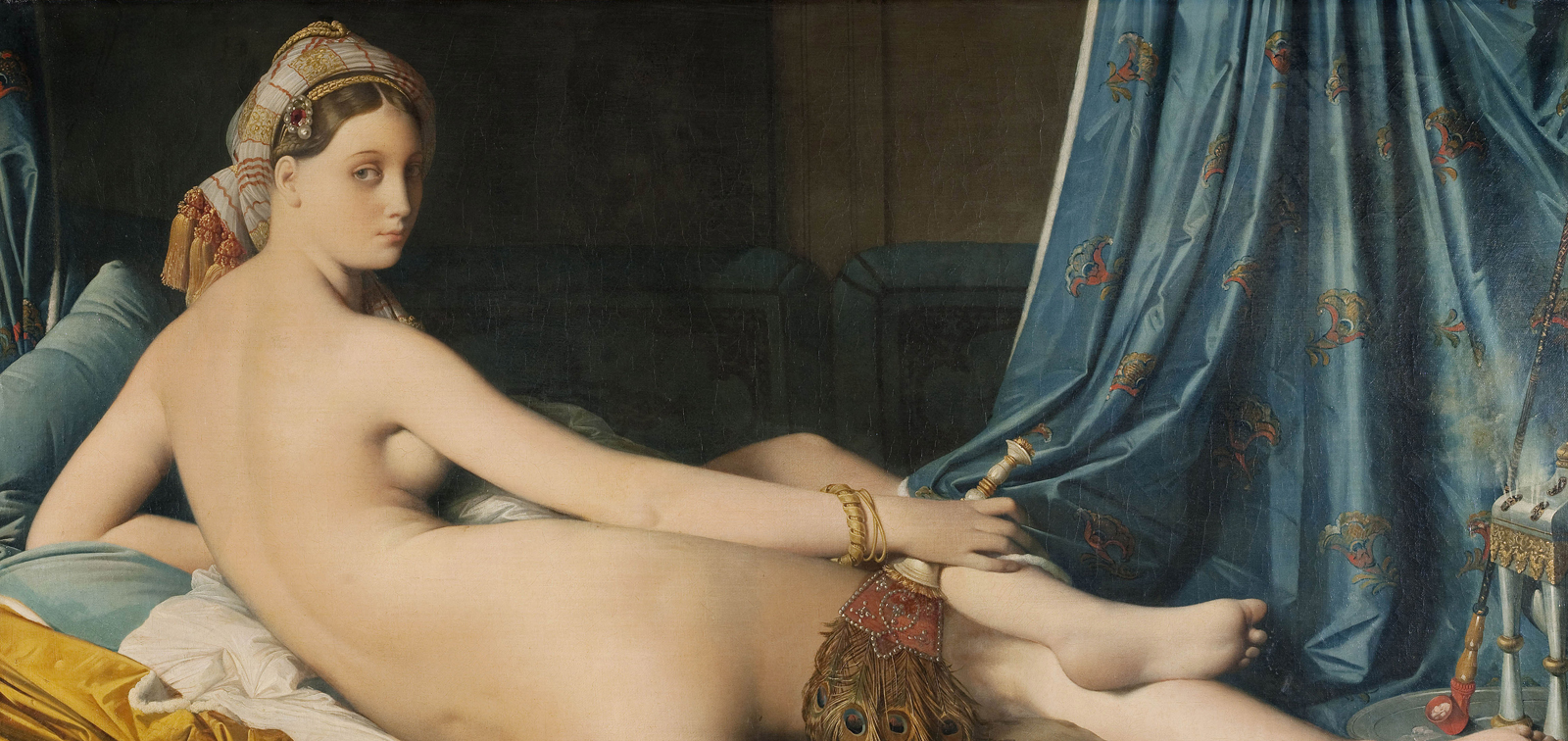
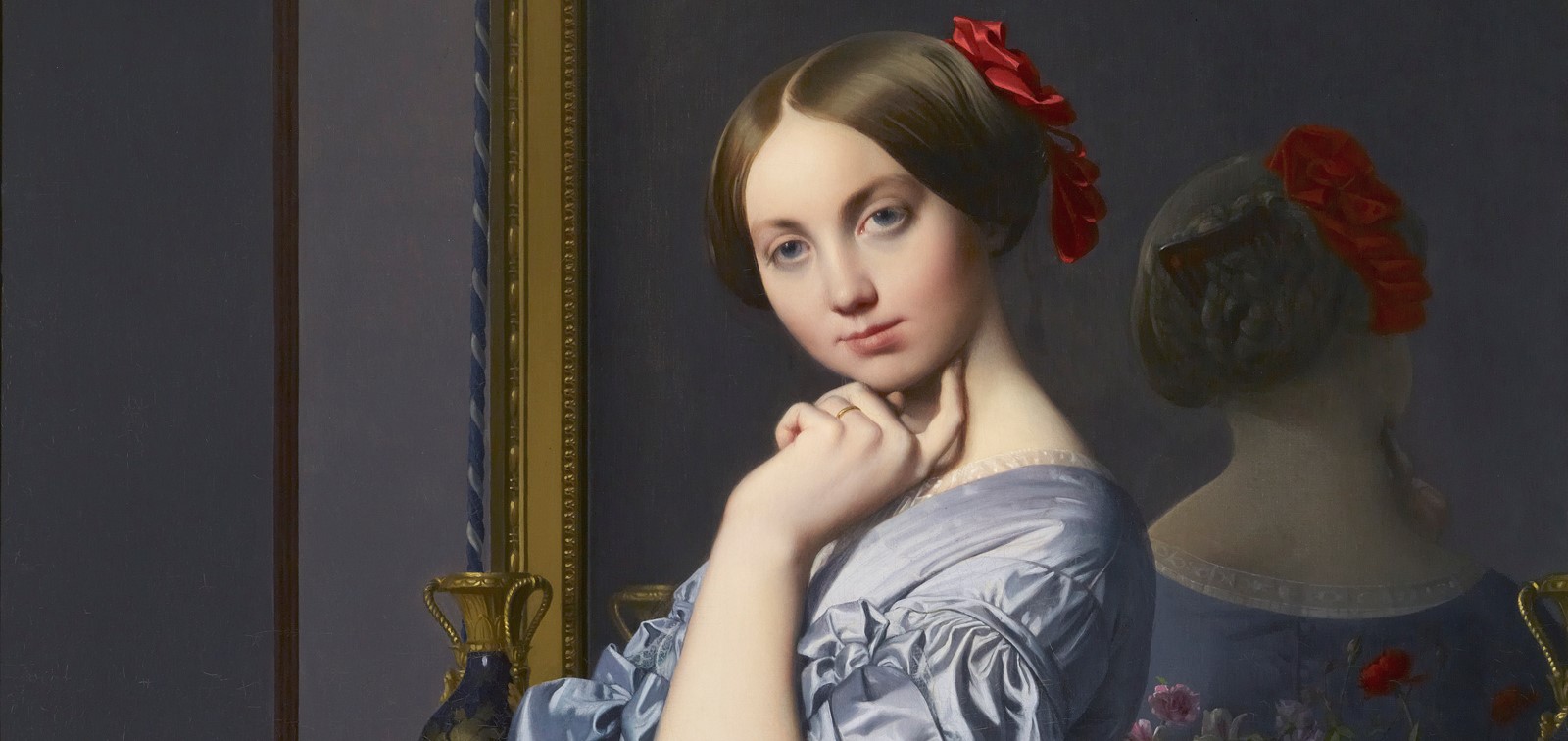



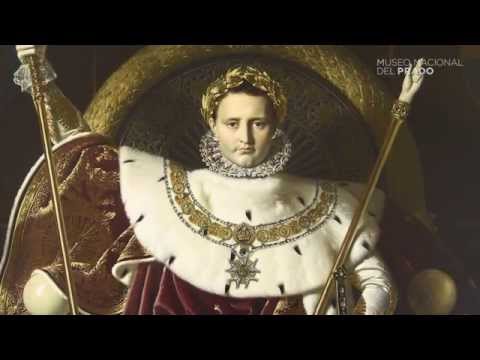


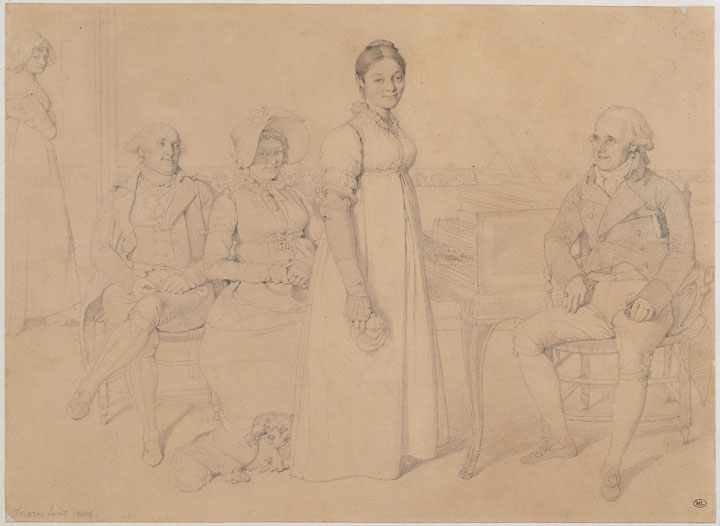
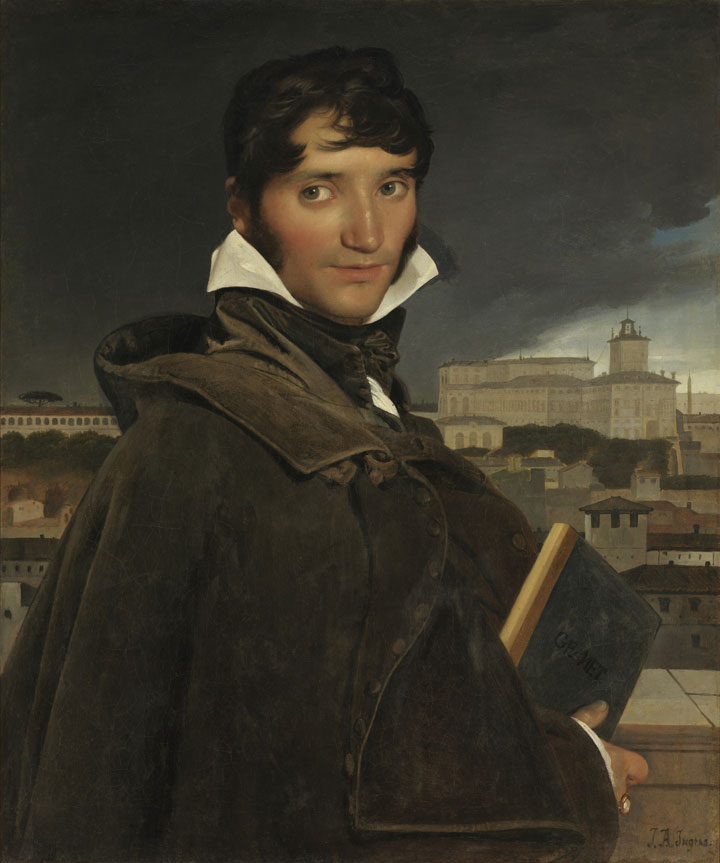
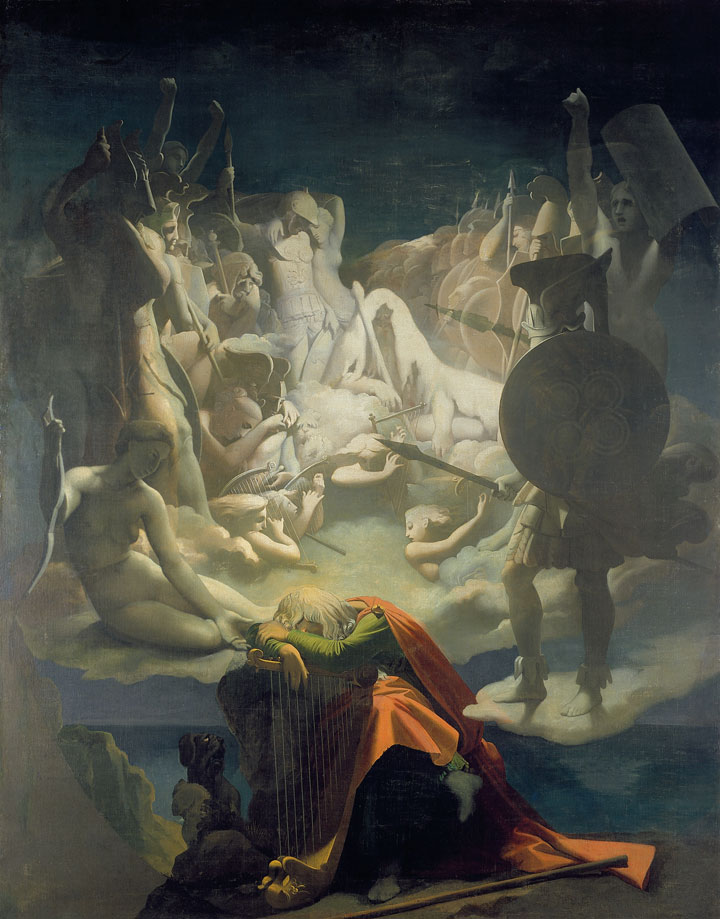

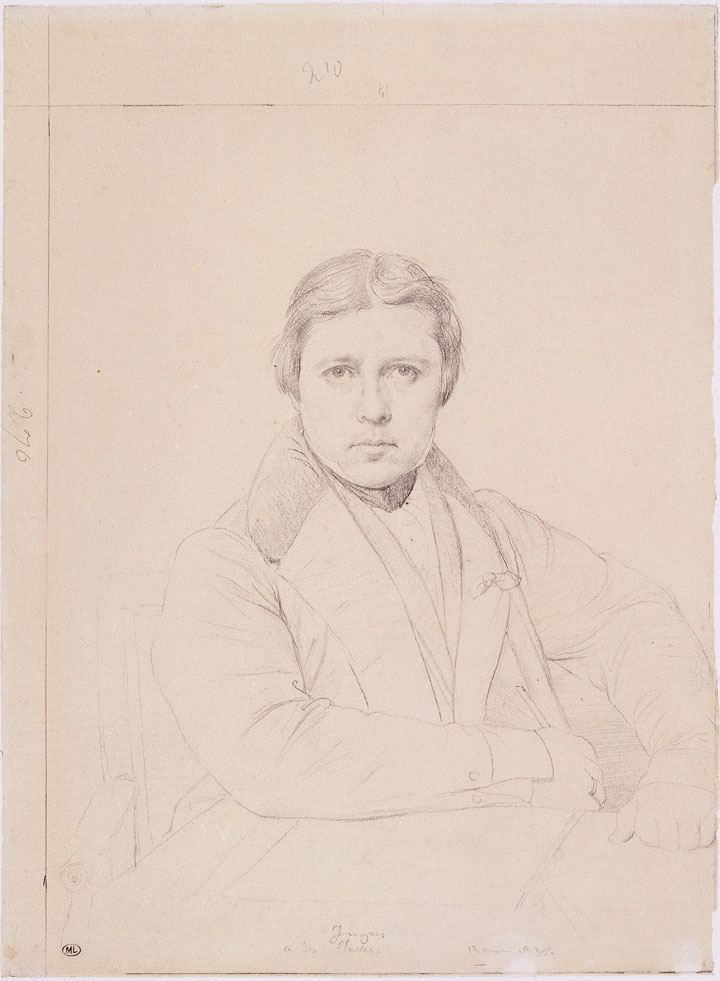
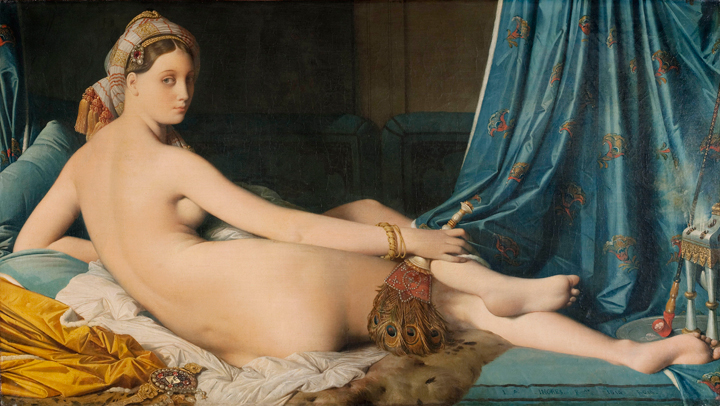
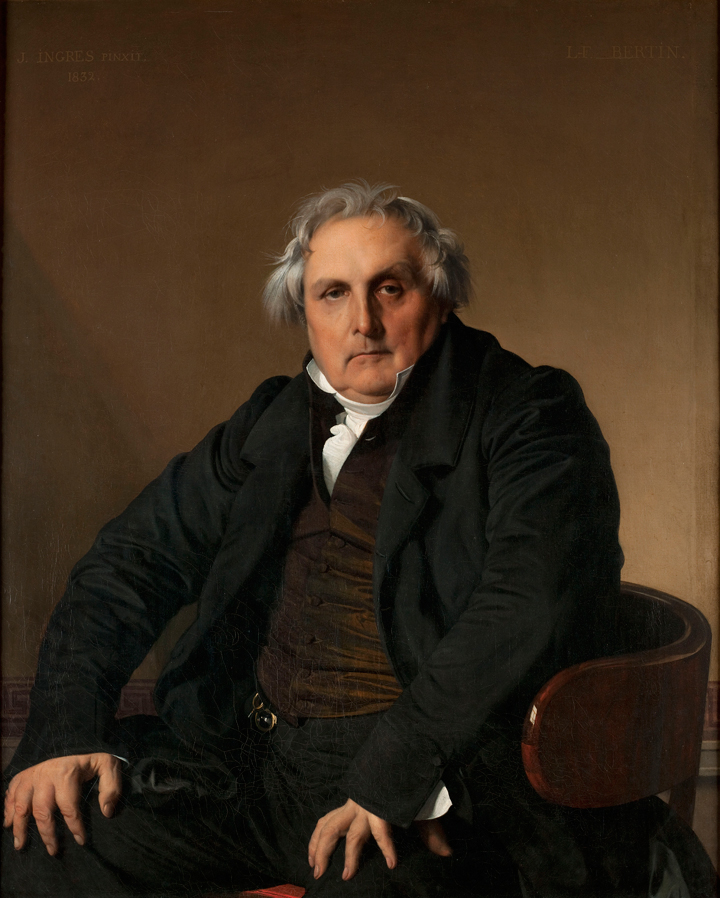
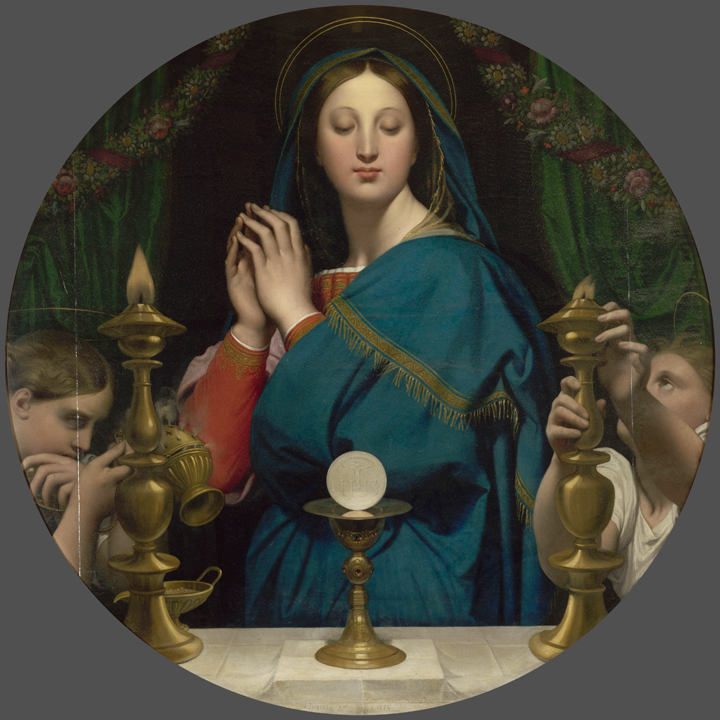

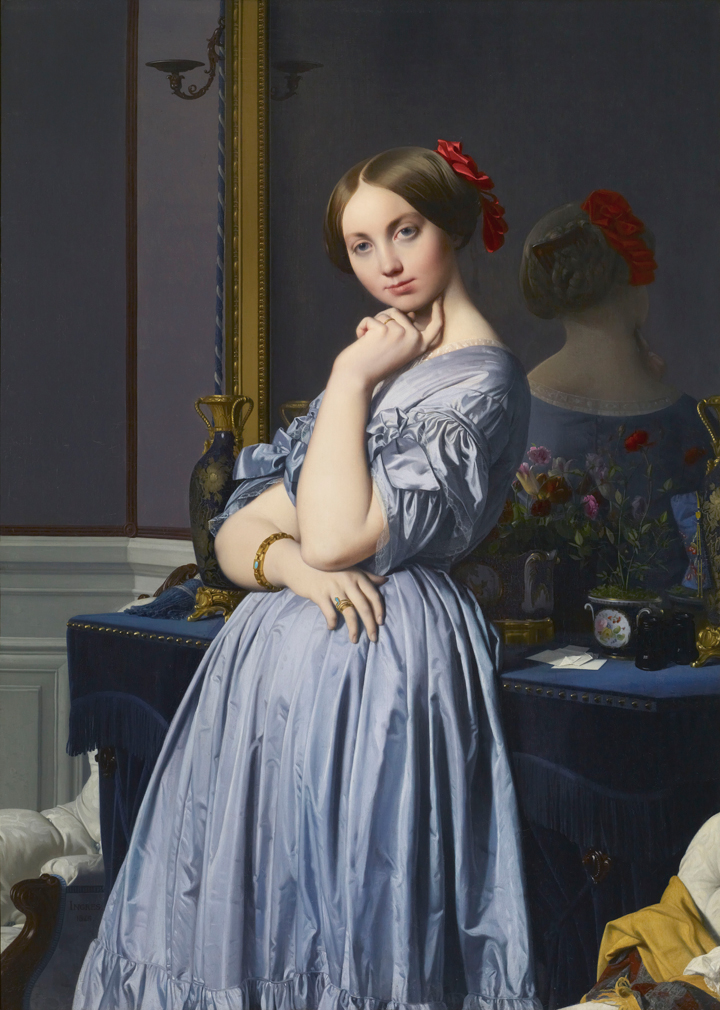
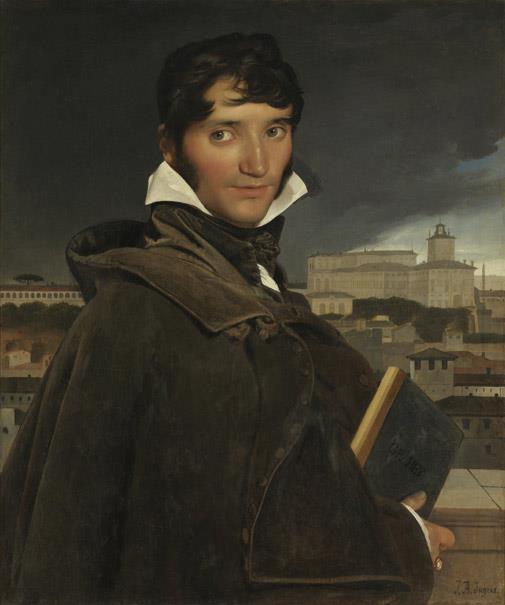

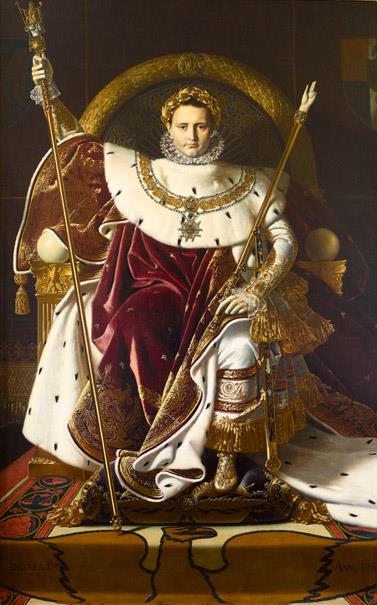
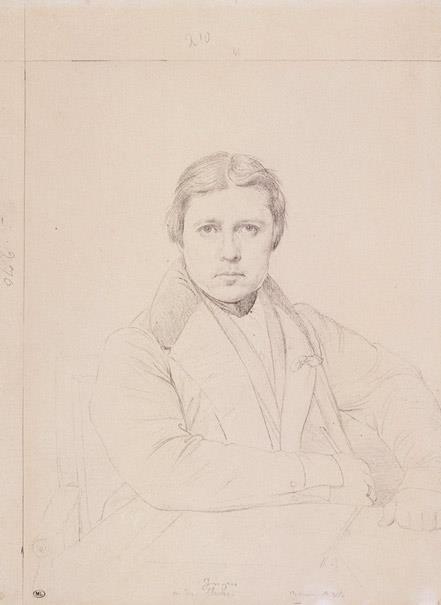
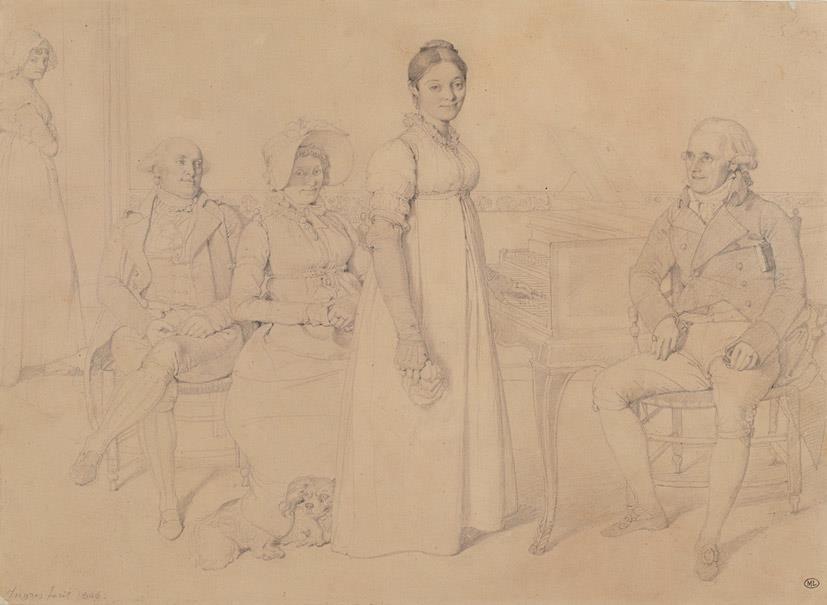

![Virgil reading the Aeneid to Augustus, Octavia and Livia, or “Tu Marcellus eris” [fragment]](https://content3.cdnprado.net/imagenes/Documentos/imgsem/00/00e2/00e24782-cbd7-4f3e-af2b-46aa5a34d983/502955e1-4ec0-f6ee-2cbc-efe4644b7902_832.jpg)
